Two major discoveries have been made in the last ten years or so regarding using lifestyle medicine for the war against cancer. Find out here how to put them both into your life.
The Diet Miracle
First – the power of a low fat, high fibre diet (which I would call a plant based diet because you can’t get a diet this high in fibre and low in fat if eating more than a serve or two of animal foods in a week).
In 2006, a group of post menopausal women with several risk factors for breast cancer were put on the diet.
Risk factors were
- high estrogen
- high insulin (probably diabetic)
- obesity (BMIs over 29.9)
- high IGF-1 (insulin-like growth factor 1)
The diet: only 15% fat (that is really low – probably no nuts, seeds, avocado or oils – it’s hard to get this low including these foods). And 30 – 40g fibre per 1000 calories of food – that’s do-able – I easily get that much fibre myself on an average day.
They also went to exercise classes each day for the two weeks of the study.
They tested their blood on breast cancer cells in a petri dish before the study, and again at the end of two weeks. After just two weeks, here’s what happened:
- serum (blood) insulin was said to be significantly reduced in all the women (when a science paper says ‘significant’ – it really is)
- IGF-1 (a major hormonal cancer-driver) was also significantly reduced in all the women
- IGF-1 binding protein (which inactivates what was previously ‘free’ IGF-1) was significantly increased.
- The particular breast cancer cells that were effectively killed off ranged from 6.6 to 18.5%, depending on the cell type. And that’s after only TWO WEEKS on the diet. What would 2 months or a year do?
- Further, apoptosis – that is, ‘programmed cell death’ – increased by 20 – 30% in the cancer cells. Rogue cells in the body are targeted by our immune systems and a chemical is ‘stamped’ on them, and they then commit suicide. It’s called apoptosis. So when apoptosis increases, it means a lot more cancer cells die. That’s what this diet did, along with daily exercise.
Later researchers put people on a plant-based diet for a year without any regular exercise – and can you believe – the improvements in the cancer-fighting power of their blood increased eight times more!
Several good clinical trials regarding this diet have been carried out on real human subjects with different cancer types with equally promising results.
That’s one side of the coin.
The Exercise Miracle
The other side is the groundbreaking work currently being carried out by Australian researchers – on moderate to intense exercise and cancer.
But firstly – in a lab in Denmark several years ago, ten healthy young men exercised on bikes for 60 minutes, then their blood serum was poured over prostate cancer cells. Cell growth was suppressed by a massive 30%. That’s how much the doubling time of the cells slowed down.
So they followed this up on mice just last year (2016) – that’s how science usually works – first in petri dishes, then on mice or rats, and only after a lot of safety checks on animals – on people. Two groups of mice with the same sizes and types of (lab-induced) tumours. Half the mice got exercise wheels and ran and ran whenever they wanted – the others sat around and got sicker. The lucky mice doing regular exercise – reduced their tumour sizes by a whopping 60 – 70%!!
The Danish researchers wondered why such changes occurred.
How it works
They figured out the mechanism:
- exercise releases adrenaline from the adrenal glands, as it does when you exercise.
- Adrenalin activates natural killer cells to be released into the blood stream, and off they go, looking for their targets.
- Information is sent to them from the moving muscles – which release a chemical signal called interleukin 6, especially when we exercise.
- Interleukin 6 seeks out cancer cells themselves, stamping them for apoptosis – but it also provides the information to the natural killer cells on what to target, and
- the natural killer cells arrive at the scene and actually engulf cancer cells, breaking them into chemicals for disposal – much like a python’s stomach acid breaks down an animal that it engulfs.
Testing it Out
Australian researchers decided to put this information about exercise to the test at the coal face.
They took cancer sufferers directly from the hospital beds where they were receiving chemotherapy – and took them to the gym. In fact, they set up the gym adjacent to the hospital in Perth, WA, so they could do this! Never say Aussies are lacking in courage!
There, exercise physiologists put them through their paces: No strolling on treadmills here though after the first weeks – it was weight lifting, bike sprints, plyometric jumping exercises. These men and women were sweating it out.
And day by day they started feeling better. They wanted to go back to the gym as they no longer had the chemo effects their other bed-ridden peers were having. Men with prostate cancer on hormone blocking therapy, instead of having their muscles waste away, growing man-boobs and getting lethargic, started increasing bone density and muscle till they no longer looked old and emaciated, but more like buff 35 year olds!
This was all tested with meticulous blood tests for cell changes and tumour progression, and bone density scans. It was nothing short of incredible. The researchers said they were worried they might be pushing already suffering people a bit too far (really?) – but it was working and the patients were overjoyed.
The reason these researchers used intense exercise is that this is the type of exercise that actually changes our cells. With short bursts of effort (20 seconds to a few minutes), the energy-makers of our cells, the mitochondria, begin to multiply and work better. This actually causes a reversal of the ageing process in every cell.
This experiment has only been going on for the last year, so we have no long-term results. But the patients have been rewarded with the most surprising quality of life. They finished their treatments – and are living life to the hilt – fitter and happier than before they ever got cancer. They like how they look now; they like how good they feel. That’s light years away from how most cancer patients feel when they finish their treatments. Surely, even if they had a recurrence down the track, these results are still very worthwhile.
The Takeaway
In summary, here is what I think we can learn from these studies:
The high fibre-low fat (plant-based) diet causes natural killer cells to increase “significantly” in number – and the exercise gets them moving out en masse, along with the ‘SWAT team’, Interleukin 6. Together, these two interventions are powerful cancer fighters.
Caution: If you have cancer and want to begin exercising – make sure you get an exercise physiologist, not your local personal trainer. Most people with cancer have what we call “co-morbidities” – that is – other diseases they had first, like heart disease, or diabetes, or arthritis, for example. An exercise physiologist is trained to get you into exercise safely.
If you don’t have a serious disease, a PT can help you put together a tailored exercise programme that works for you. It could help you to avoid getting cancer.
If you want help with the diet – contact me through the Contact page of this website.
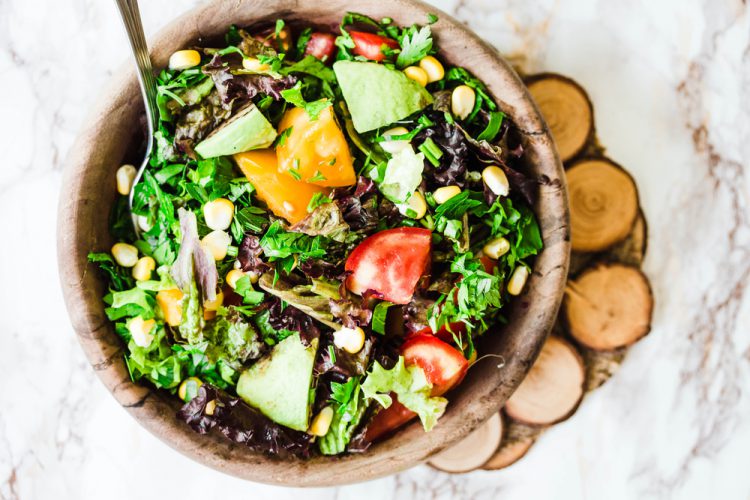
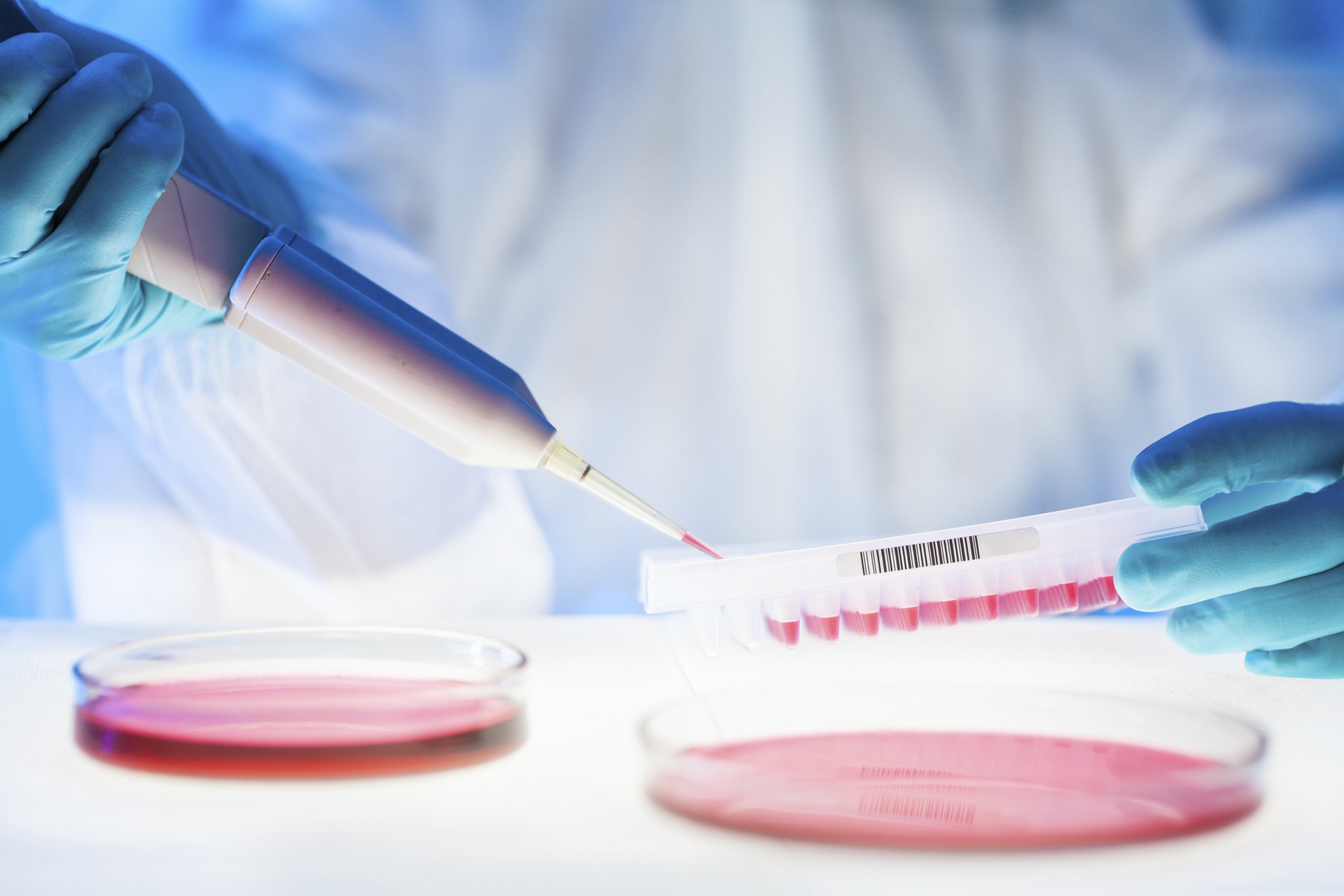


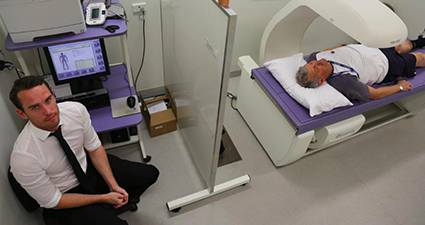
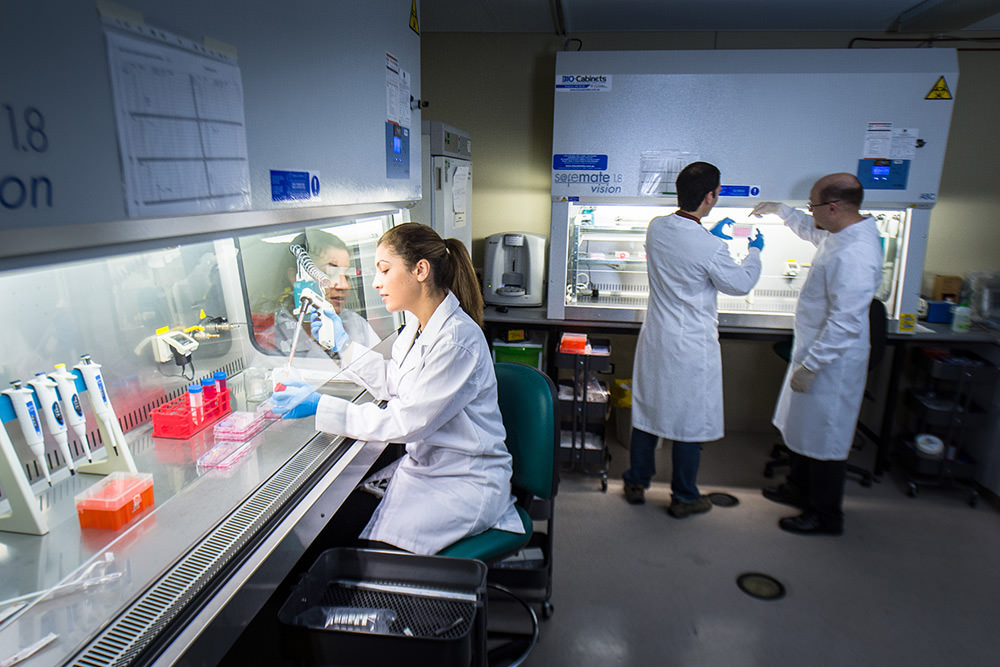



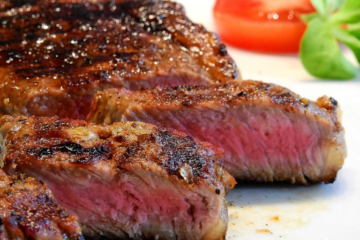

0 Comments